Using a qFIT test
Information for patients from the Pathology Department
You have been referred to the hospital by your GP as you are having problems with your bowels. Any changes in bowel habit can be a sign of bowel cancer.
This leaflet explains what you need to do with the test enclosed with this leaflet. If you have any questions, please speak to your consultant.
Please carry out this test as soon as possible. Do not wait.
Only one test will be sent out per patient. Please make sure you label the sample bottle correctly or the laboratory will reject your test.
If you have any questions or concerns about this test, please contact the Cancer Care Line. They will put you in contact with our Colorectal Cancer Team.
Cancer Care Line
Telephone: 01227 868666 (Monday to Friday 9am to 5pm, Saturday and Sunday 8am to 4pm).
What is a qFIT test?
qFIT stands for Quantitative Faecal Immunochemical Test. The test detects tiny amounts of blood in your stool (poo) that cannot be seen by the naked eye.
Why are we using qFIT?
Your GP has referred you to the hospital because you have symptoms that could show you have bowel cancer.
qFIT allows the hospital to assess people with bowel symptoms, without them having to come into hospital. It will show those that do not need further tests at this time because their risk of bowel cancer is very low.
What do I do?
The Colorectal team will send you a test kit in the post.
It is important that you follow the instructions and label the test tube with the following pieces of information.
First name
Surname
Date of birth
Date and time you did the test
If incorrectly labelled, the laboratory will reject the test.
You may wish to use a pair of disposable plastic gloves if available; but this is not essential.
There are easy to follow instructions on how to take a stool (poo) sample in this leaflet. Please complete the test at home as soon as possible after receiving it (Monday to Thursday only). Take the sample to your GP on the same day.
Women only: do not collect your stool (poo) sample during menstruation (your monthly period). This may give a false positive result and cause you unnecessary concern. Wait until after your period has finished to do the test, and please tell us the reason for the delay. You can contact us through the Cancer Care Line on 01227 868666.
What happens next?
Your GP will send your sample to the laboratory for testing. The team will receive the result of your test within two weeks. A member of the colorectal team will then write to you with your result. If you have not heard anything after three weeks, please contact your consultant who can chase the result.
If the result is:
Very low (less than 10 μg / g) it is unlikely we will offer you any further tests, as we can say it is highly unlikely your symptoms are due to bowel cancer. However, if your symptoms persist, you may need to discuss this with your GP who can consider other possible causes of your symptoms.
10 μg / g or more the hospital consultant or their team will be in touch regarding further tests. This will depend on what is the most appropriate test for your symptoms. It is important to note that most people with a result of 10 μg / g or more do not have bowel cancer. However, it is a sign of blood in the stool (poo) and means that further tests are a sensible precaution.
Please carry out this test as soon as possible. Do not wait.
We will only send out one test per patient. Please make sure you label the sample bottle correctly. If not, the laboratory will reject your test.
How to collect your sample
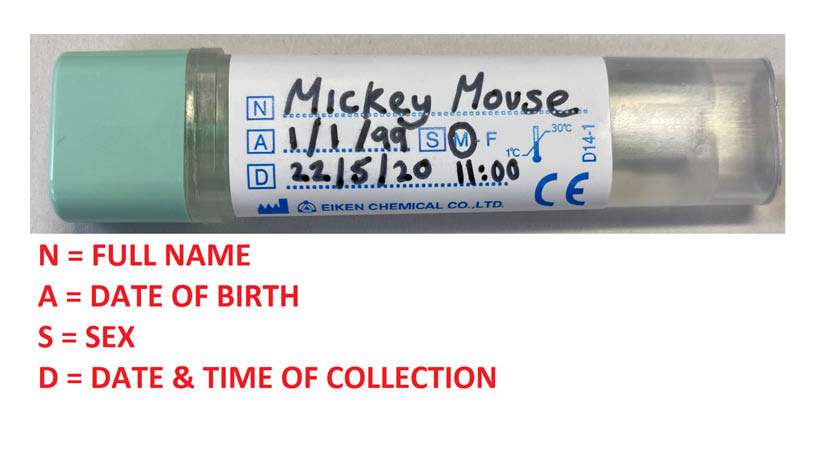
Step 1
Using a permanent pen such as a biro, label the outside of the sample bottle with your:
first name
surname
date of birth; and
the date and time you did the test.
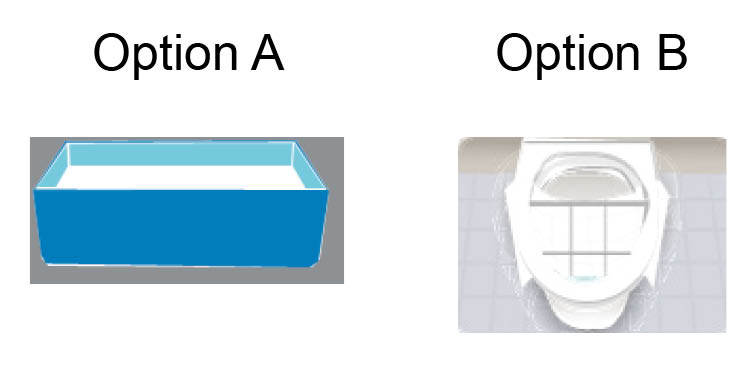
Step 2
To prevent the stool (poo) sample from falling into the toilet either:
Option A
Place a wide mouth container (clean empty plastic food container such as a margarine tub) in the toilet bowl; or
Option B
Place clean newspaper over the toilet opening, under the seat (this might not be suitable for a runny sample).
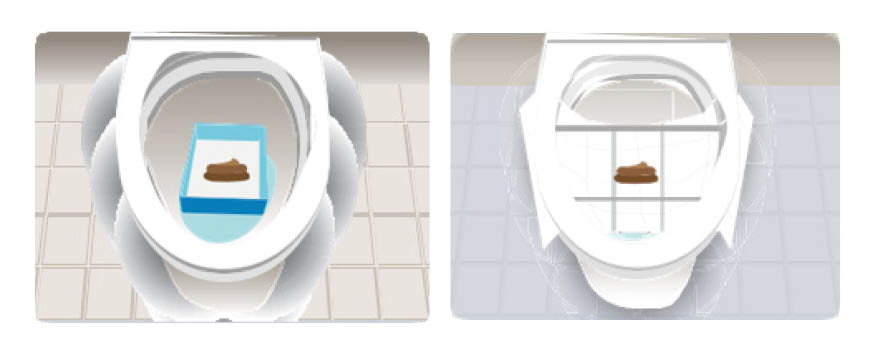
Step 3
Pass the stool (poo) sample either into the container or onto the newspaper.
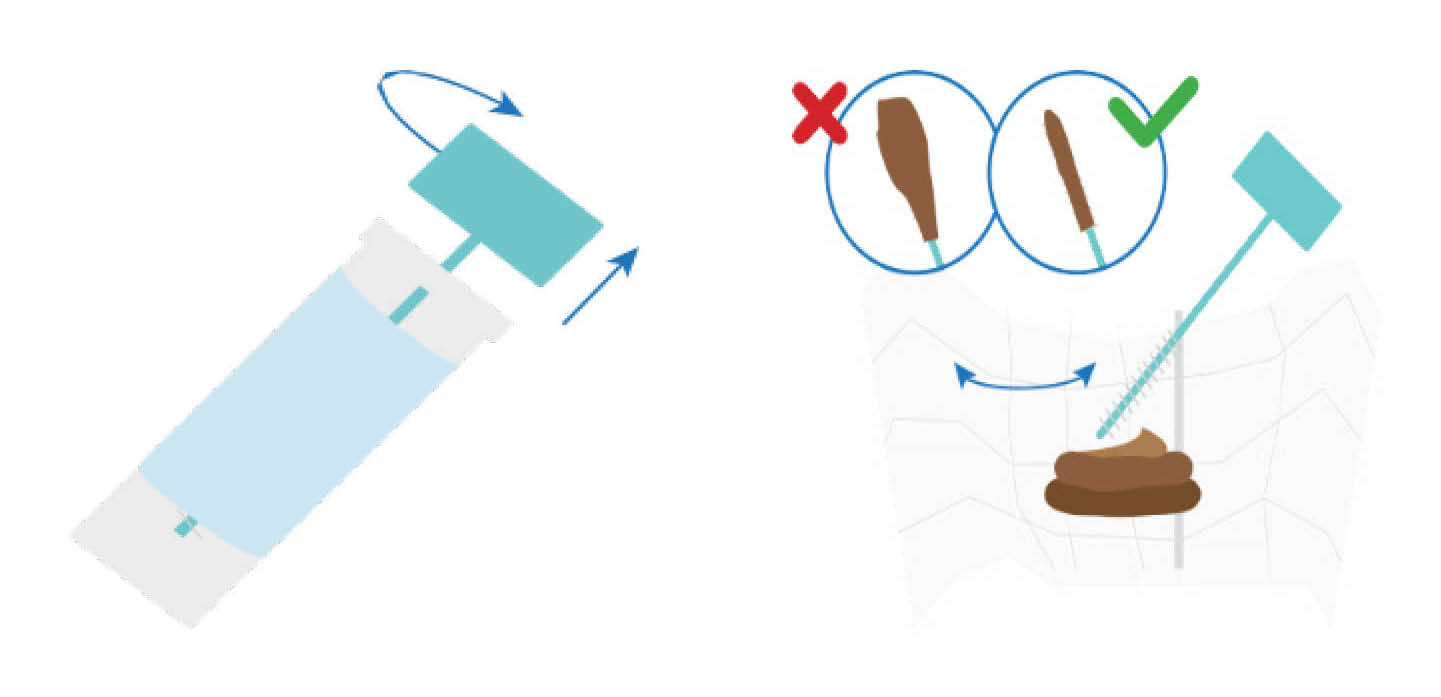
Step 4
Twist the cap anticlockwise to open the sample bottle.
The plastic container contains liquid preservative - please do not pour this away.
Step 5
Collect a sample by scraping the green stick along the poo until all the grooves are covered.
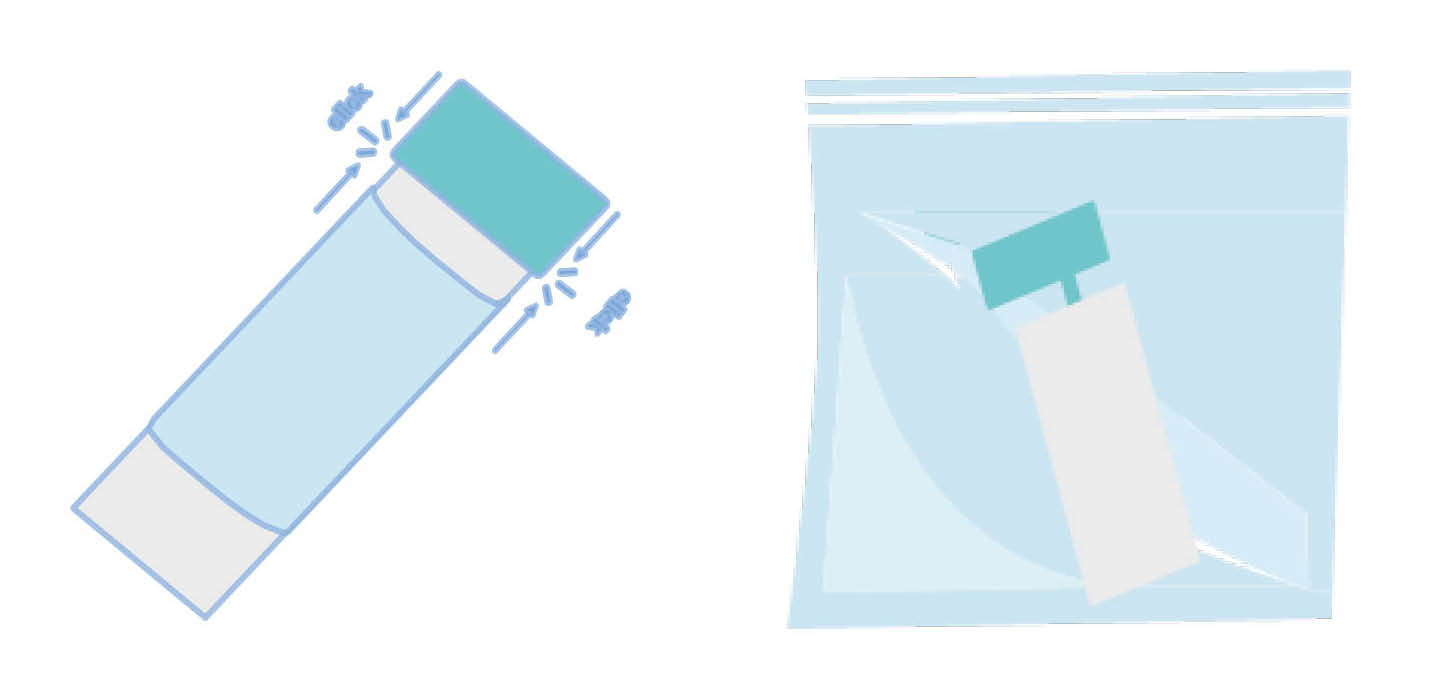
Step 6
Put the stick back in the bottle and ‘click’ the green cap to close it. Shake the bottle. Do not repeat the collection.
Step 7
Wash your hands with soap and warm water for at least 20 seconds.
Step 8
Place the sample container in the bag provided.
Return the sample container to your GP in the bag provided on the same day. The request form should be in the outer pocket of the bag.
Please carry out this test as soon as possible. Do not wait.
We will only send out one test per patient. Please make sure you label the sample bottle correctly. If not, the laboratory will reject your test.
If you have any questions or concerns about this test, please contact the Cancer Care Line. They will put you in contact with our Colorectal Cancer Team.
Cancer Care Line
Telephone: 01227 868666 (Monday to Friday 9am to 5pm, Saturday and Sunday 8am to 4pm).
What do you think of this leaflet?
We welcome feedback, whether positive or negative, as it helps us to improve our care and services.
If you would like to give us feedback about this leaflet, please fill in our short online survey. Either scan the QR code below, or use the web link. We do not record your personal information, unless you provide contact details and would like to talk to us some more.
If you would rather talk to someone instead of filling in a survey, please call the Patient Voice Team.
Patient Voice Team
Telephone: 01227 868605
Email